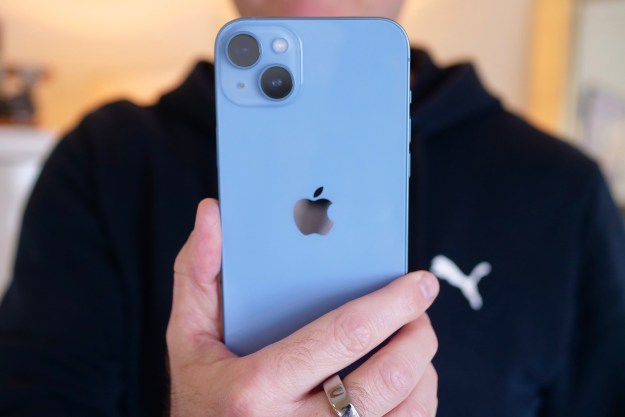Subscription fatigue is real. But YouTube today just gave more reasons to pony up a few bucks every month for YouTube Premium, especially if you’re on iOS. The big selling point for Premium, which costs $12 a month, is that you’ll get rid of ads on your YouTube experience. That’s worth it in and of itself. But you’ll also get the ability to play videos in the background, download for offline viewing, and a subscription to YouTube Music Premium.
The new stuff adds on to all that.

For the folks on iOS, 1080p videos will now play back with a higher bit rate. That likely won’t change anyone’s life — and while it’s coming to the web at some point, it’s a little interesting that it’s hitting iOS first — but it will make your videos look a little bit better. Then there’s the addition of support for SharePlay, which lets iOS users watch together via FaceTime (you already can do the same on Android via the horribly named Google Meet Live Sharing).
Premium subscribers also will now be able to properly manage queues on mobile (it’s a little odd that you couldn’t before) and pick up where they left off in the middle of a video from one device to the next (that’s now available on Android, iOS and on the web). Smart Downloads will also automatically add recommended videos to your offline downloads when you’re on Wi-Fi.
None of those new features on their own is necessarily worth another $12 monthly subscription. But they are great additions to YouTube Premium. In addition to the monthly payment options, you also can get YouTube Premium annually for $120 (saving about $24) or a family play for $23 a month for up to five family members in your household. Students can also get in on the fun for $7 a month.
Editors' Recommendations
- Yes, YouTube TV is kind of broken tonight
- There’s a big problem with the iPhone’s Photos app
- When will Apple release iOS 18? Here’s what we know
- The 7 biggest features we expect to see in iOS 18
- This could be our first look at iOS 18’s huge redesign




